Detail of a Kushan devotee. Tokyo National Museum. Photo by World Imaging, 2005
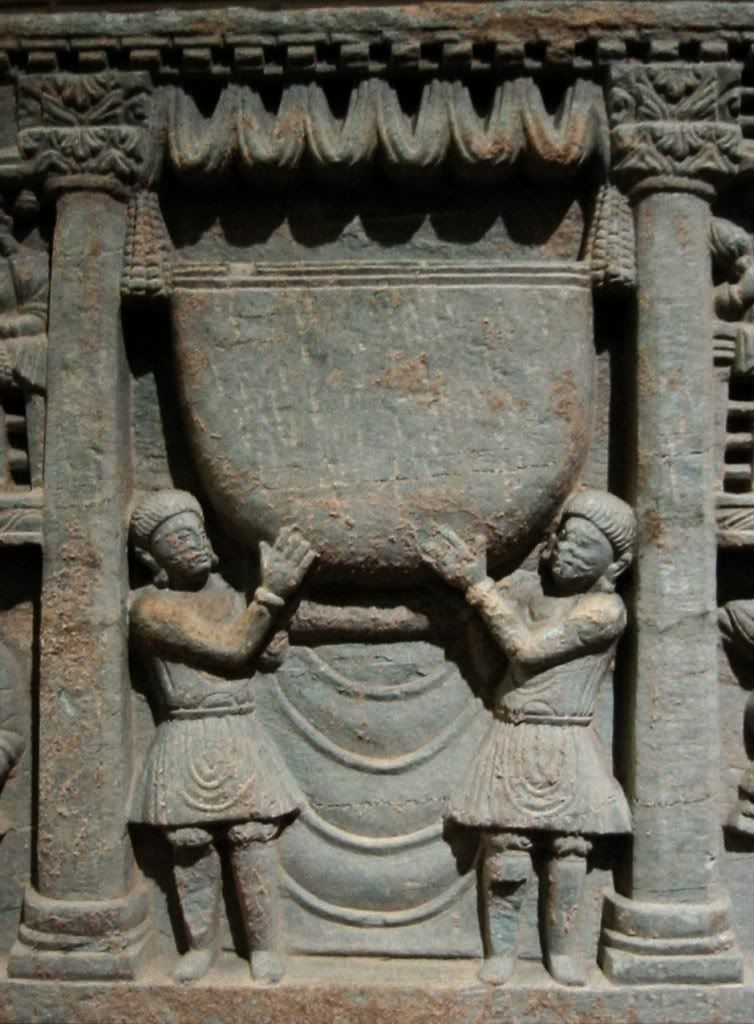
Kushans worshipping the Buddha's bowl. 2nd century Gandhara. Tokyo National Museum. Photo by World Imaging, 2005
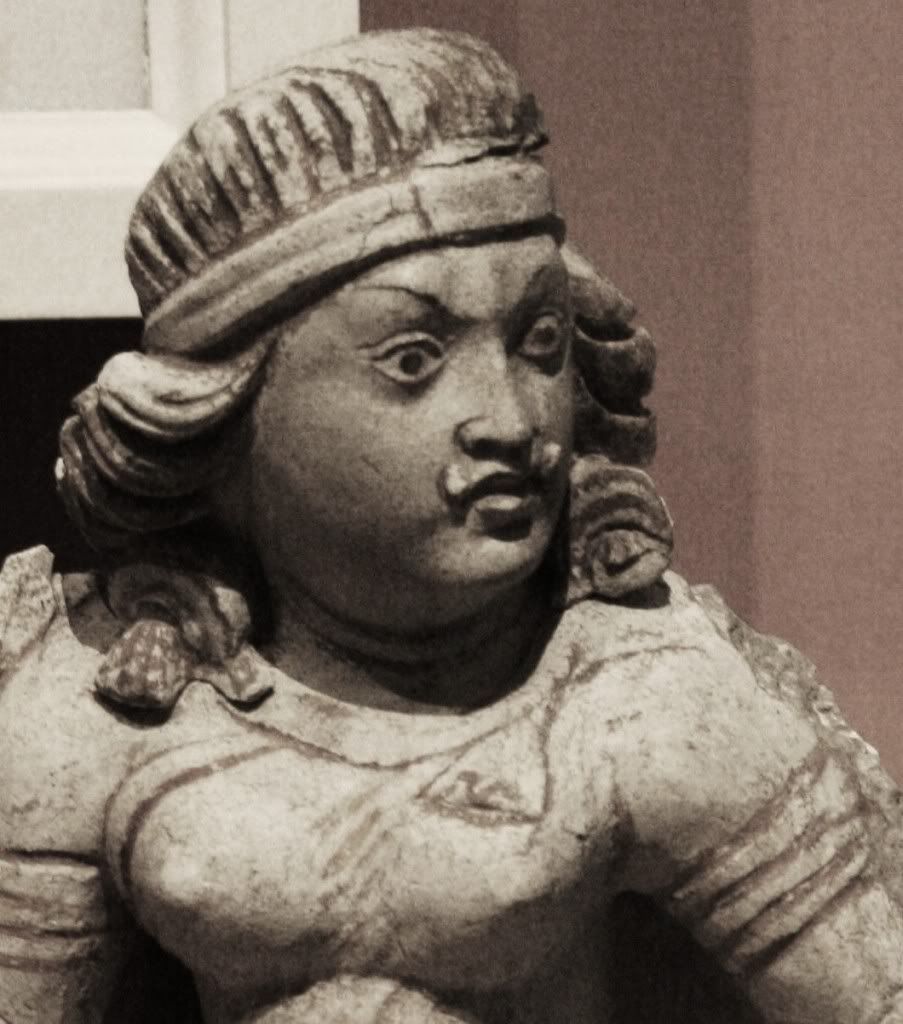
Stucco attendant figure, Khyber Region. Art of gandhara (dated to 4th-5th century AD). Exhibited at the Victoria and Albert Museum in London. Photo by Michel Val, 2009
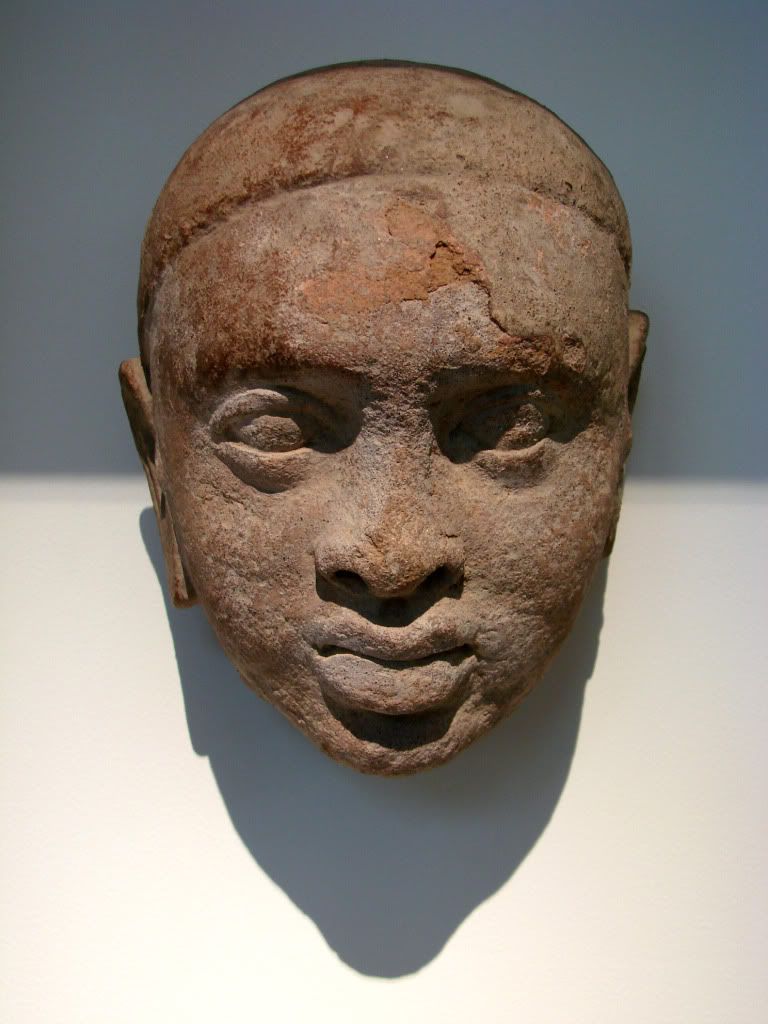
Head. Pakistan, a region of Gandhara, 3rd century mud. Musée Guimet, Paris.
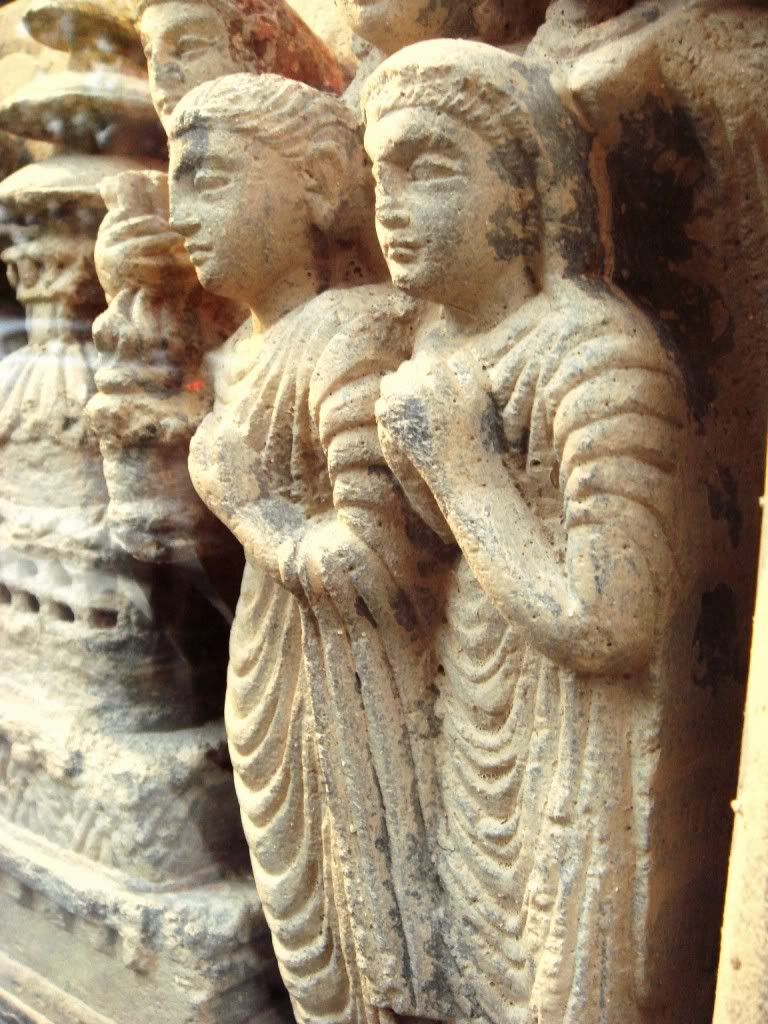
Devotees from Buddhist Gandhara.
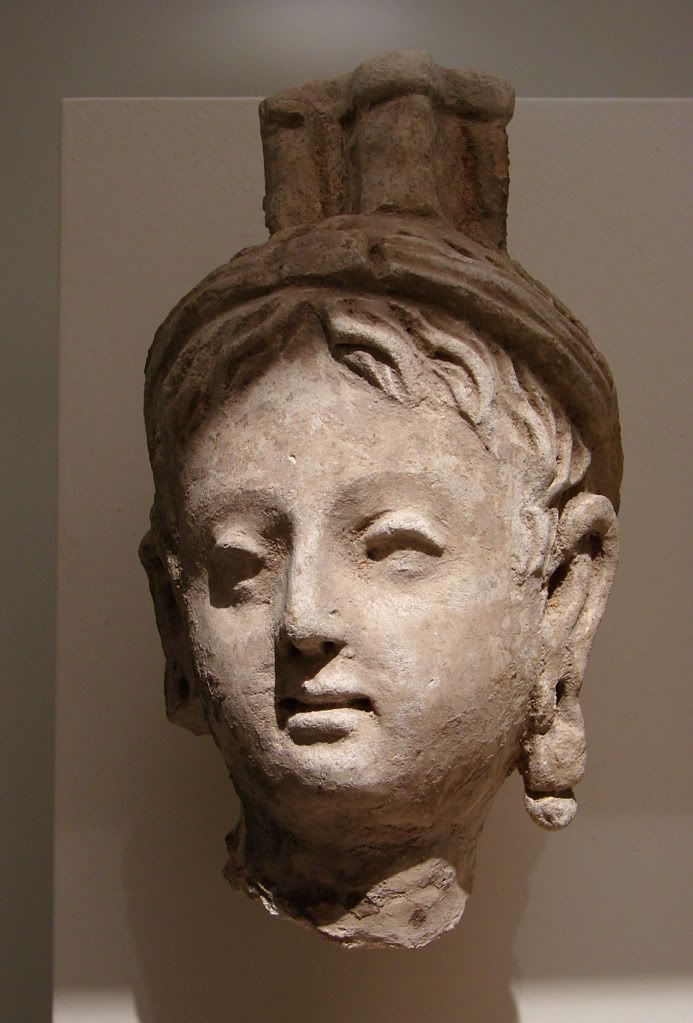
Head of a Woman (goddess of the city), Afghanistan, site of Hadda, Tapa-Kalan monastery, stupa TK67-TK68, 3rd-4th century stucco. Musée Guimet, Paris.

Devotees from Buddhist Gandhara.
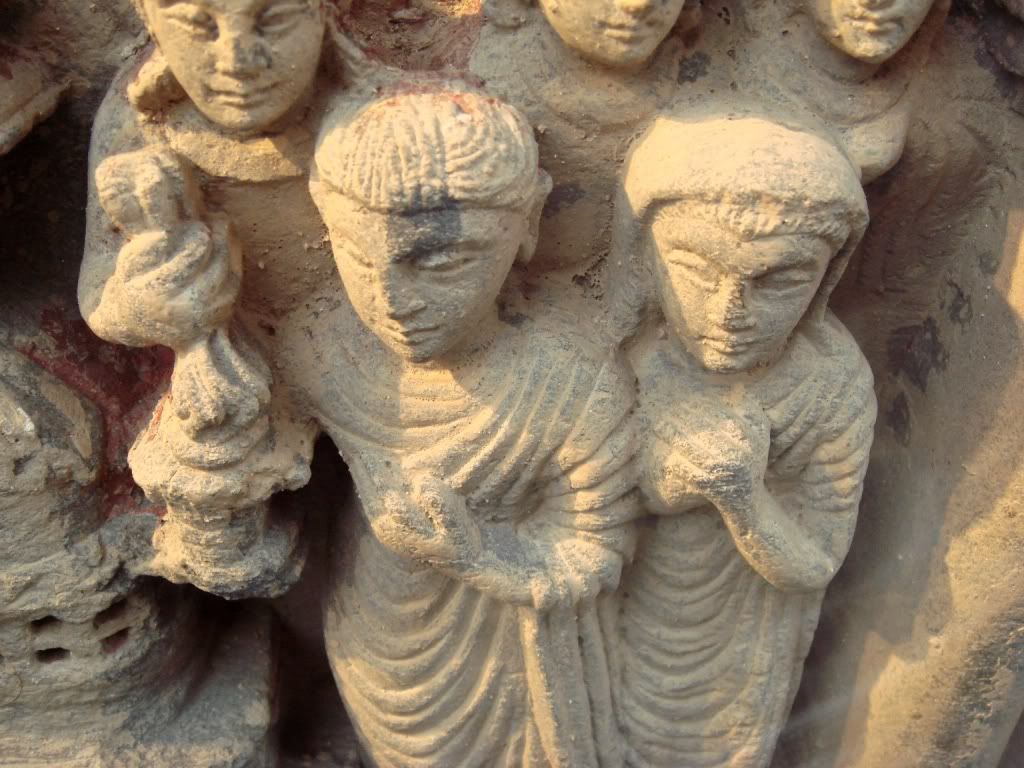
Devotees from Buddhist Gandhara.

Gandhara_palette. Photo by Uploadmo, 2009
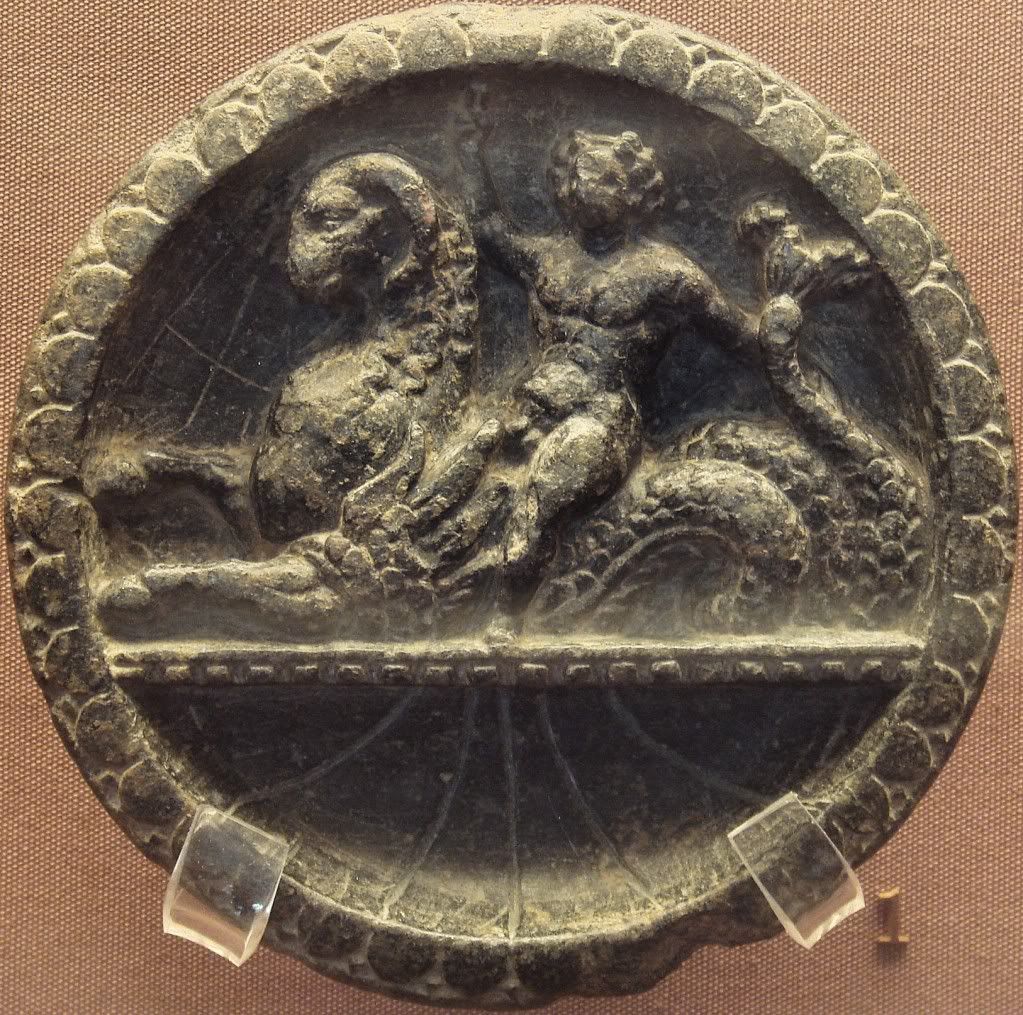
Stone Palette Gandharan stone palette. Attributed to the 1st century CE. British Museum. Photo by World Imaging, 2007. The image on this palette likely shows a sea monster. In India there was an ancient sea monster called Makara. In Greece it was called Cetus or Ketos.
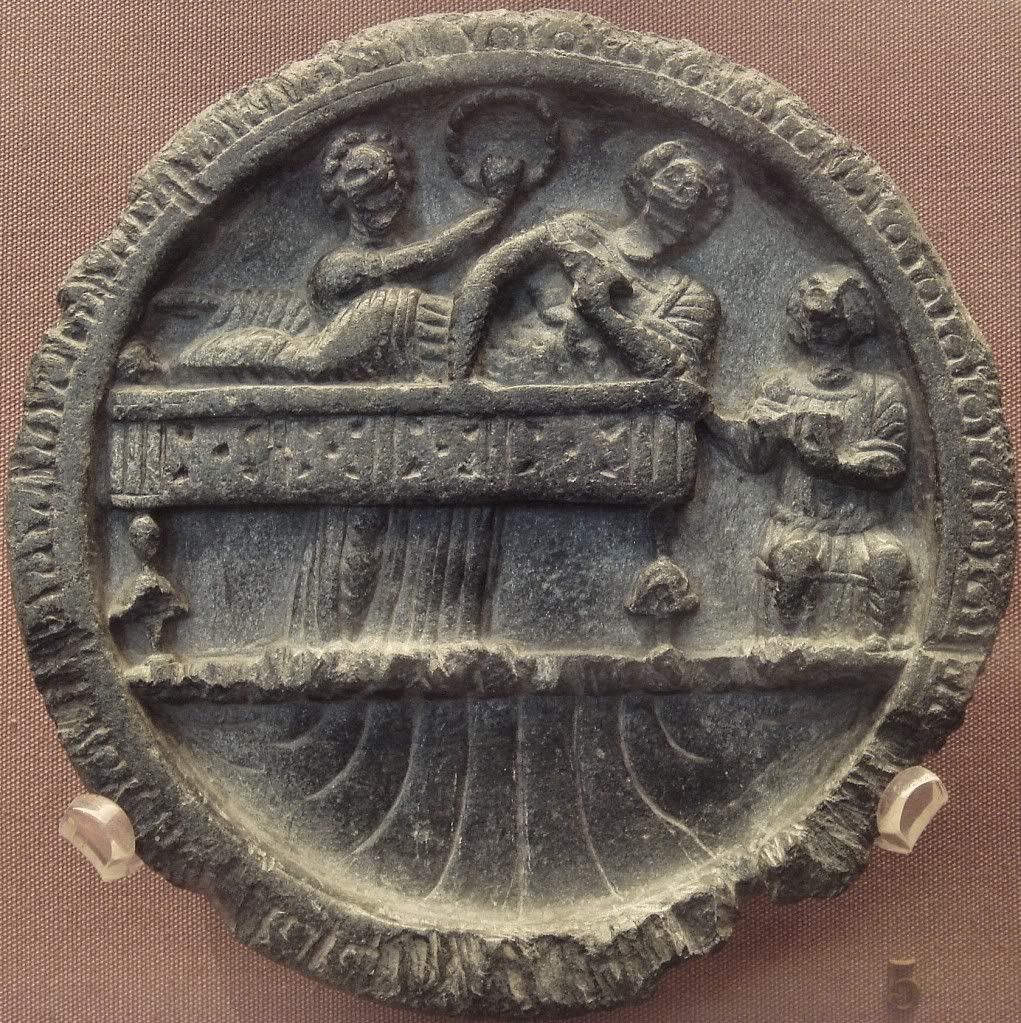
Gandharan stone palette. Attributed to the 1st century CE. British Museum. Photo by World Imaging, 2007

Hamsa sacred swan. 1st century Gandhara. British Museum. Photo by World Imaging, 2005
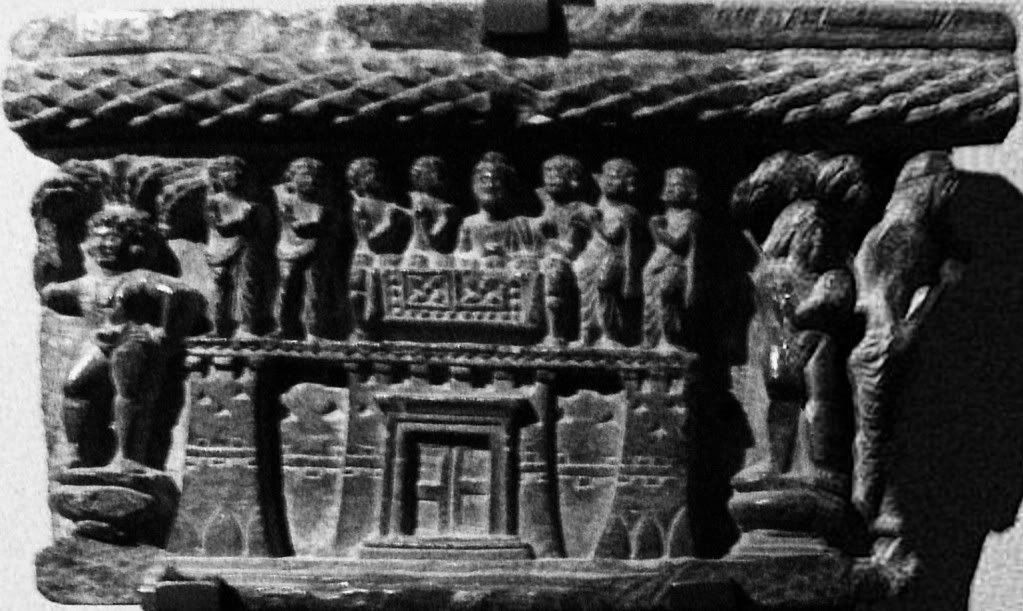
Sharing of relics and Gandhara fortified city. Musee Guimet. Photo by Uploadmo, 2009
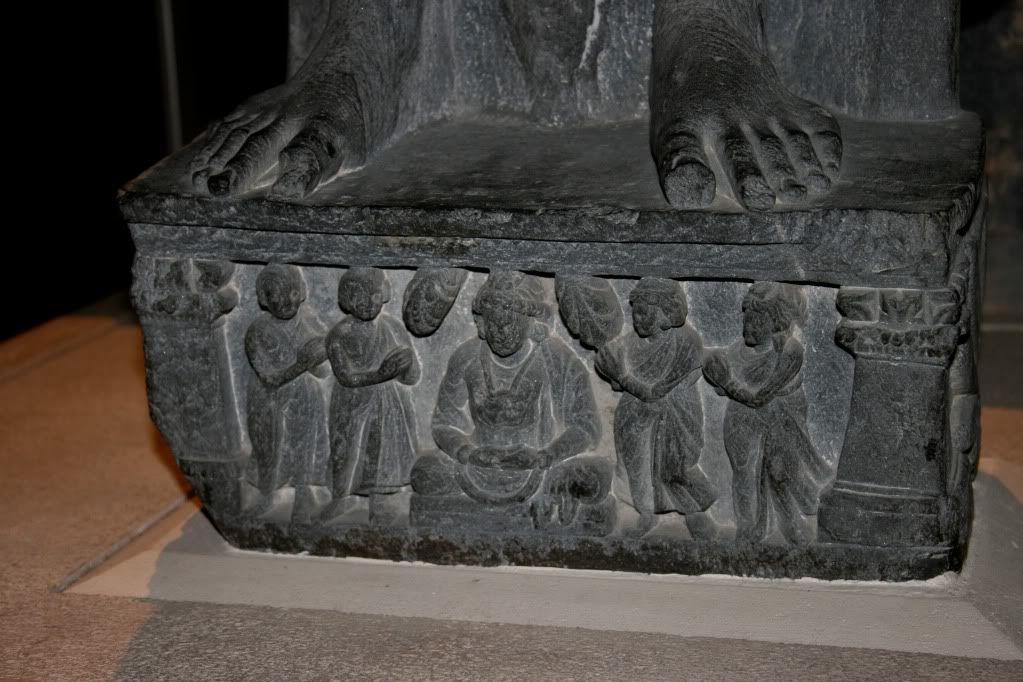
Base of Buddha,Gandhara 2-3rd cent. CE. British_Museum. Photo by Mike Peel, 2010 www.mikepeel.net
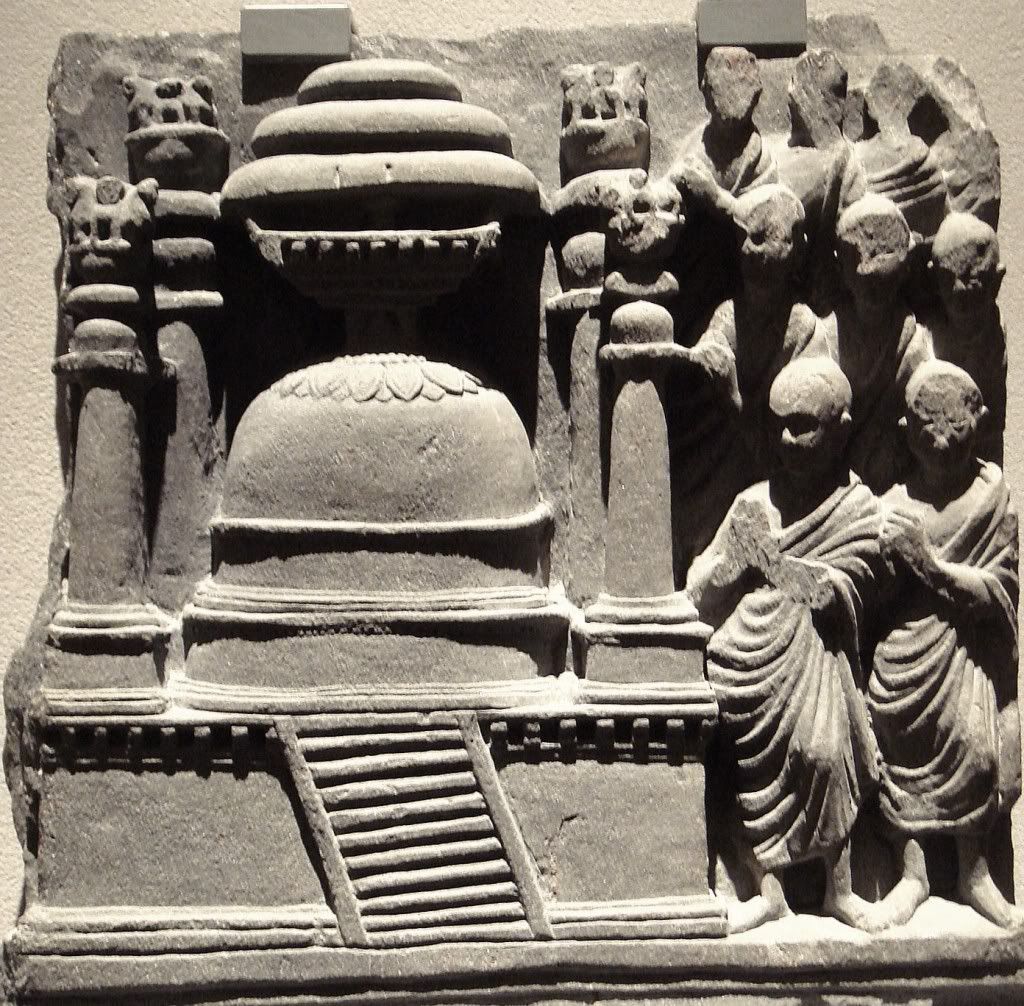
Stupa With Pillars, Gandhara 2nd Century. Photo by PHGCOM, 2008

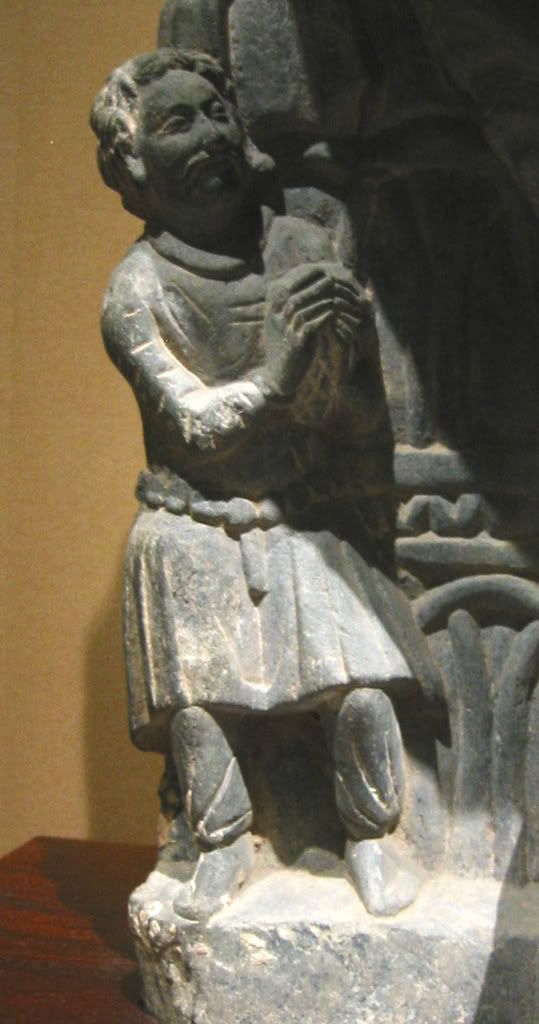
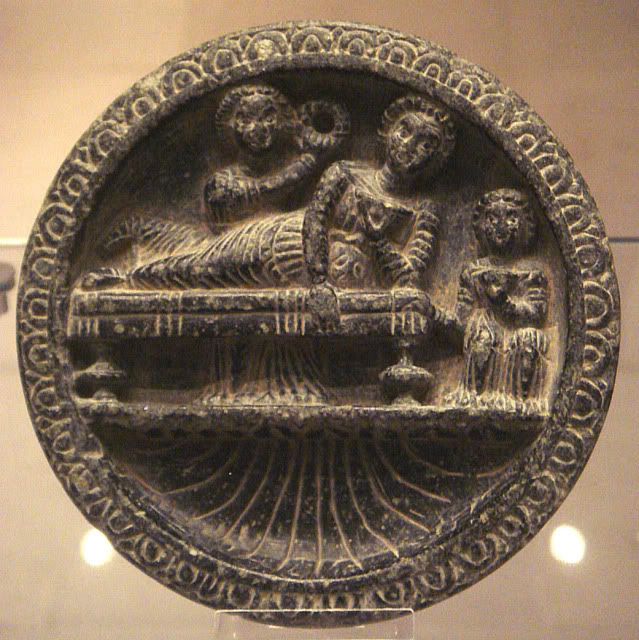
No comments:
Post a Comment